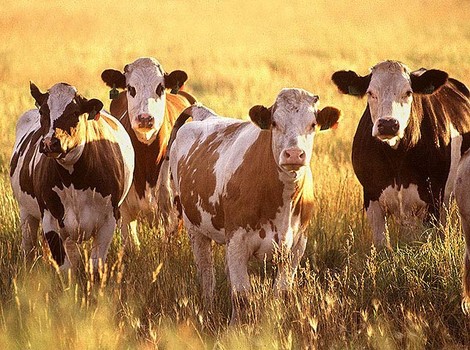Swedish agricultural officials are reporting an anthrax outbreak in farms in the Östergötland region of southeastern Sweden, according to a local media account.

The serious bacterial disease has killed nine animals (eight cattle and a horse) on two farms in the county.
Swedish veterinary officials are currently vaccinating animals and investigating the source of the infection.
According to the Merck Veterinary Manual, Anthrax is a zoonotic disease caused by the spore-forming bacterium Bacillus anthracis. Anthrax is most common in wild and domestic herbivores (eg, cattle, sheep, goats, camels, antelopes) but can also be seen in humans exposed to tissue from infected animals, contaminated animal products or directly to B. anthracis spores under certain conditions.
Depending on the route of infection, host factors, and potentially strain-specific factors,anthrax can have several different clinical presentations. In herbivores, anthrax commonly presents as an acute septicemia with a high fatality rate, often accompanied by hemorrhagic lymphadenitis.
LISTEN: Outbreak News Radio: Zika risk with the Olympics, Anthrax in animals
B. anthracis spores can remain infective in soil for many years. During this time, they are a potential source of infection for grazing livestock. Grazing animals may become infected when they ingest sufficient quantities of these spores from the soil.In addition to direct transmission, biting flies may mechanically transmit B. anthracis spores from one animal to another.
People can get anthrax by handling contaminated animal or animal products, consuming undercooked meat of infected animals and more recently, intentional release of spores.
Related:
- Anthrax takes the life of child in Yamal Peninsula in northern Siberia
- Four measles cases reported in Wales the past month
- Ireland: Measles confirmed in traveler to Dublin, Galway


3 thoughts on “Sweden: Anthrax outbreak reported in Östergötland region”